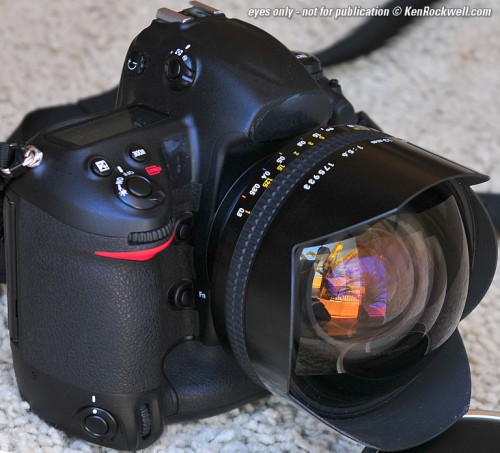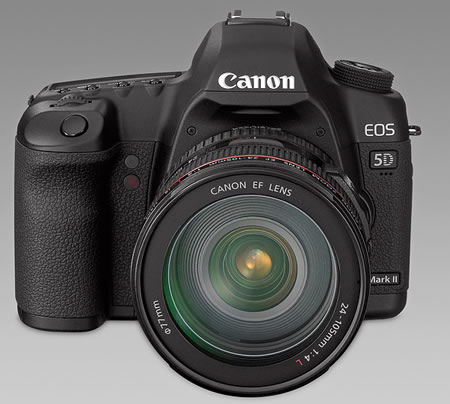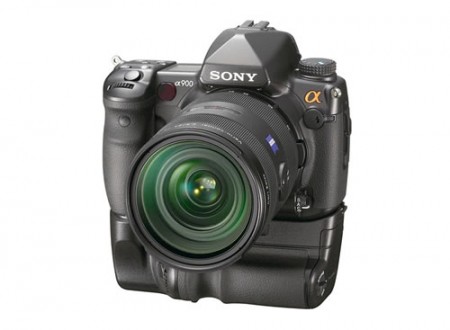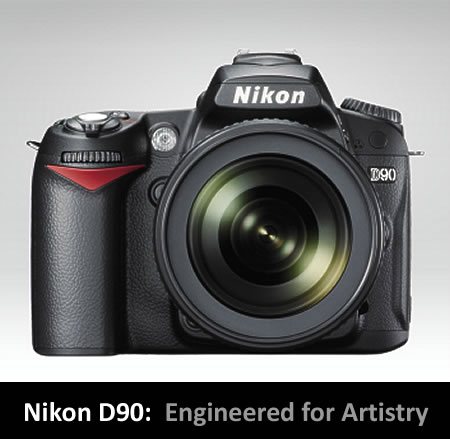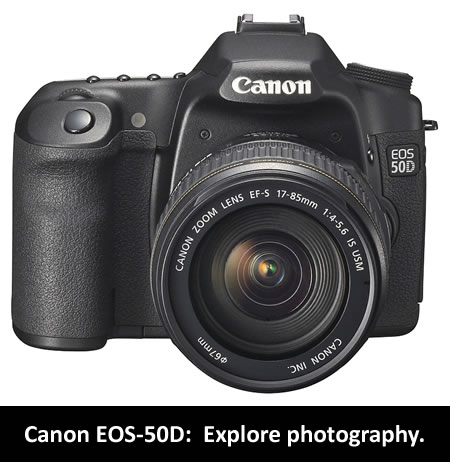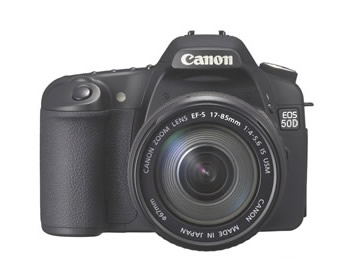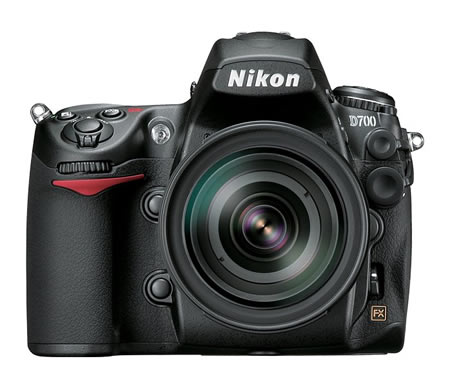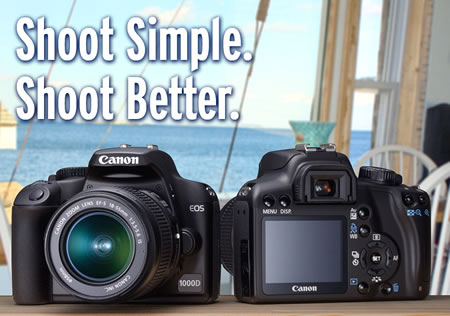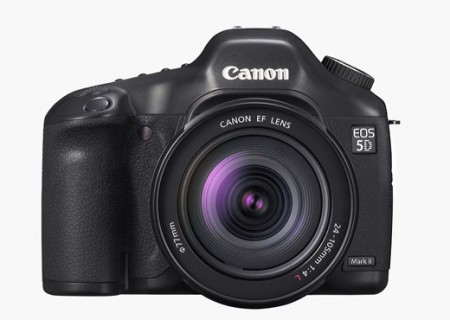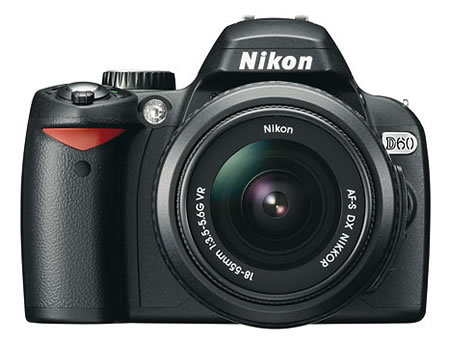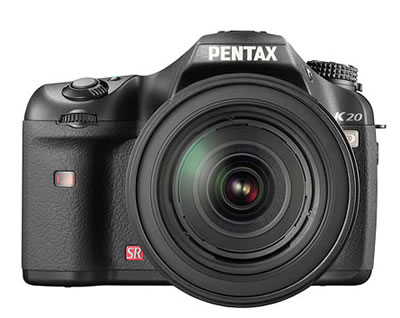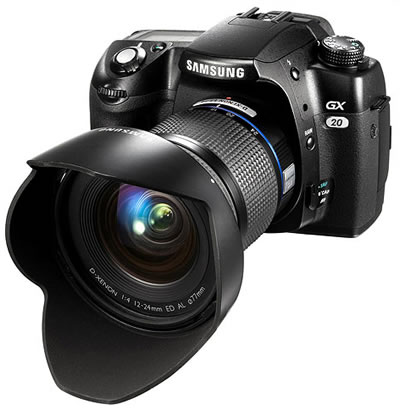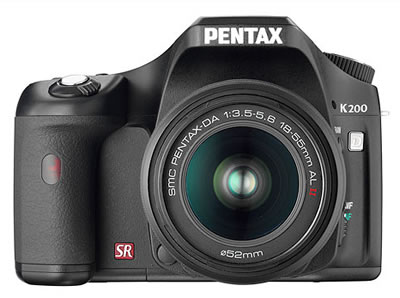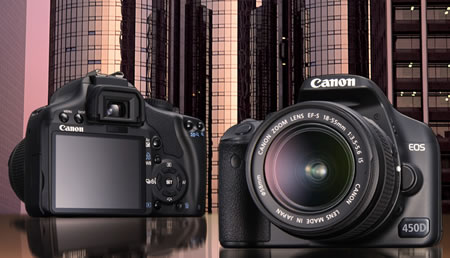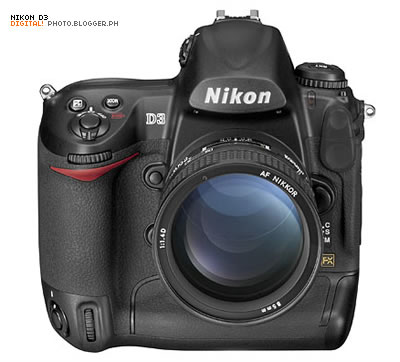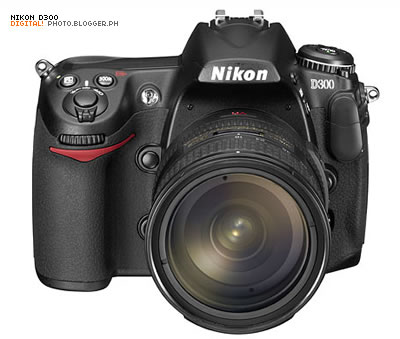Yes, what was just a rumor a few days ago is now an official camera — the Nikon D3X. We had most of the specifications right since Nikon basically gave everything away from the very beginning, except of course for the “official news” tag. It will be everything we’d want in a top–level SLR, and then some. Here’s more of the specs as listed on DCResource:
- 24.5 effective Megapixel, full-frame CMOS sensor
- EXPEED image processing system
- Supports all Nikon F-mount lenses; DX-format lenses will have a 1.5x focal length conversion ratio
- Ultra-rugged body resists dust, moisture, and shock; shutter rated to 300,000 cycles
- 3-inch LCD display with 920,000 pixels; live view supported
- Optical viewfinder has 0.7x magnification and 100% coverage
- Full manual controls (obviously)
- ISO range of 100 – 1600, expandable to 50 – 6400 (yes, that’s a lot smaller than on the D3)
- 51-point autofocus system, with 3D subject tracking
- Can shoot continuously at up to 5 fps in FX-format, 7 fps in DX-format
- Numerous RAW formats supported (12-bit, 14-bit, compressed, uncompressed, etc)
- Virtual horizon (from D3) can now be superimposed over live view
- Active D-Lighting improves image contrast as the photo is taken
- 5:4 aspect ratio allows for easy 8 x 10 shooting
- Dual CompactFlash Type II slots (UDMA-enabled)
- HDMI output
- Optional GPS and wireless transmitter
- Uses EN-EL4 or EN-EL4A battery; takes a whopping 4400 shots per charge
- Shipping in December for under $8000
With the D3 and the D3X at the top of Nikon’s lineup, they’ve now got two full–frame cameras catering to the needs of sports photographers that require fast frame rates and a high–resolution variant for portrait shooters and fashion. This combo appears better than Canon’s 1Ds + 1D pair, which might suggest that the 1.3x crop factor on the quick–shooting 1D series may soon be a thing of the past. If I were Canon that’s what I’d do.
